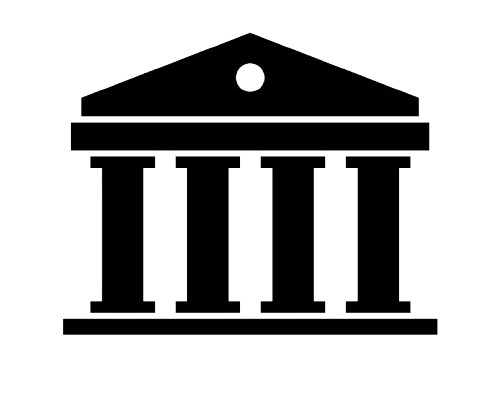Have you ever checked your bank account and seen a “Blink Pending Credit” transaction, leaving you confused and anxious? You’re not alone! This term can be misleading, and banks often don’t disclose the full details. In this article, we’ll uncover seven shocking facts about Blink Pending Credit that banks won’t tell you. By the end, you’ll have a clear understanding of what it means, how it affects your finances, and what you can do about it.
1. What is Blink Pending Credit?
A “Blink Pending Credit” is a temporary transaction that appears in your account when funds are being transferred, deposited, or refunded. While it may seem like money is available, the truth is more complex. Banks use this status to hold transactions until they are fully processed, which can take anywhere from a few hours to several days.
2. Why Do Banks Hold Your Funds?
Banks place pending credits on hold for several reasons:
- Verification: Ensuring the legitimacy of the transaction.
- Security Checks: Preventing fraud and unauthorized transactions.
- Processing Time: Depending on the type of transaction, it may take a while to clear.
- Bank Policies: Each bank has different rules regarding pending credits.
3. How Long Do Pending Credits Take to Clear?
The time it takes for a pending credit to clear varies. Here are some general timelines:
- Direct Deposits: 1-3 business days.
- Check Deposits: Up to 7 business days.
- Credit Card Refunds: 3-5 business days.
- Bank Transfers: Instant to 5 business days, depending on the method used.
4. Can You Spend a Blink Pending Credit?
One of the biggest misconceptions is that pending credits are available for spending. In reality:
- Some banks allow you to use a portion of the pending credit.
- If the transaction is reversed or canceled, you could end up overdrafting your account.
- Always confirm with your bank before making financial decisions based on a pending credit.
5. How Banks Profit From Pending Transactions
Banks benefit from delaying access to your funds in several ways:
- Interest Earnings: They earn interest on your money while it’s held in limbo.
- Fees: Overdraft and insufficient funds fees often stem from delayed credits.
- Transaction Control: Managing cash flow and reducing risks for the bank.
6. What to Do If Your Pending Credit is Stuck
If your pending credit is taking too long, here’s what you can do:
- Contact Your Bank: Ask for details on why the delay is occurring.
- Check for Errors: Ensure there are no mistakes in the transaction.
- Request Expedited Processing: Some banks can release funds faster if you ask.
- Monitor Your Account: Keep track of all transactions and balances.
7. How to Avoid Issues with Pending Credits
To prevent headaches from Blink Pending Credits:
- Use Reliable Payment Methods: Stick to direct deposits and verified bank transfers.
- Keep Emergency Funds: Don’t rely on pending credits for urgent expenses.
- Understand Your Bank’s Policies: Different banks have different processing times.
- Sign Up for Alerts: Get notified when funds clear or if there are delays.
Conclusion
Blink Pending Credit can be frustrating, but understanding how it works gives you the power to manage your finances better. Banks don’t always share the full picture, but now you know the secrets they keep. Have you experienced issues with pending credits? Share your thoughts in the comments below or explore more financial tips to stay ahead!
For more information visit Blink Pending Credit



